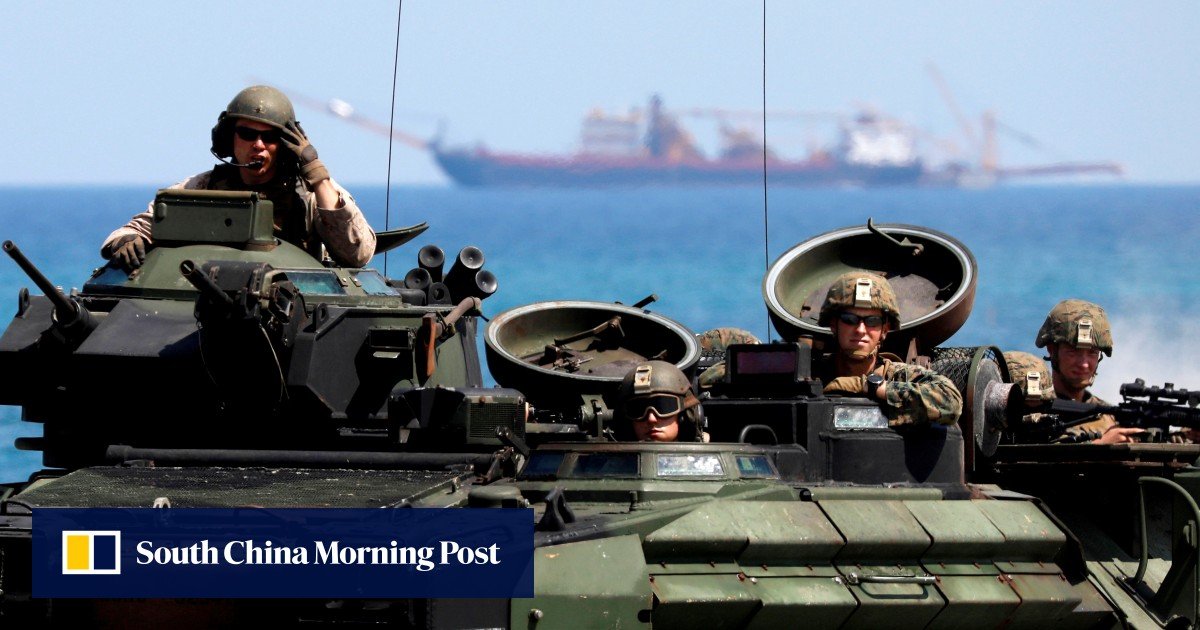Special forces involved in fighting Islamist terrorists in Mindanao could be pulled out by June if no new Visiting Forces Agreement is signed, US forum told
Since 2002, in the wake of the World Trade Center suicide bombings the previous year, the United States has maintained a rotational presence of troops in the Philippines to fight Islamist militants. Until 2015 the troops had operated under the umbrella of the Joint Special Operations Task Force-Philippines (JSOTF-P), consisting of Navy SEALs and special operators drawn from the US marines and army. At one point there were as many as 600 military personnel involved in the task force, but it was disbanded in 2015 and since then the US presence has fallen to around 400 troops who are referred to as military advisers, according to the US Naval Institute.
In February last year, President Rodrigo Duterte said he would terminate the VFA after he learned that the US had unilaterally cancelled the US visa of Senator Ronald “Bato” dela Rosa, his former national police chief, due to his involvement in Duterte’s war on drugs, which has killed thousands of people and given rise to claims of human rights violations. The VFA was supposed to have been terminated in August last year, but the Duterte government suspended the cancellation for six months, then suspended its decision once again in February this year.
“In Mindanao, the more decisive factor in pulling troops out is American taxpayer money, while the presence of US forces in our seas is driven by Chinese presence. The dynamics are different.” The US troops’ presence in Mindanao was governed by the VFA while the presence of the US Navy in the South China Sea fell under the Philippines-US Mutual Defence Treaty, he said.


